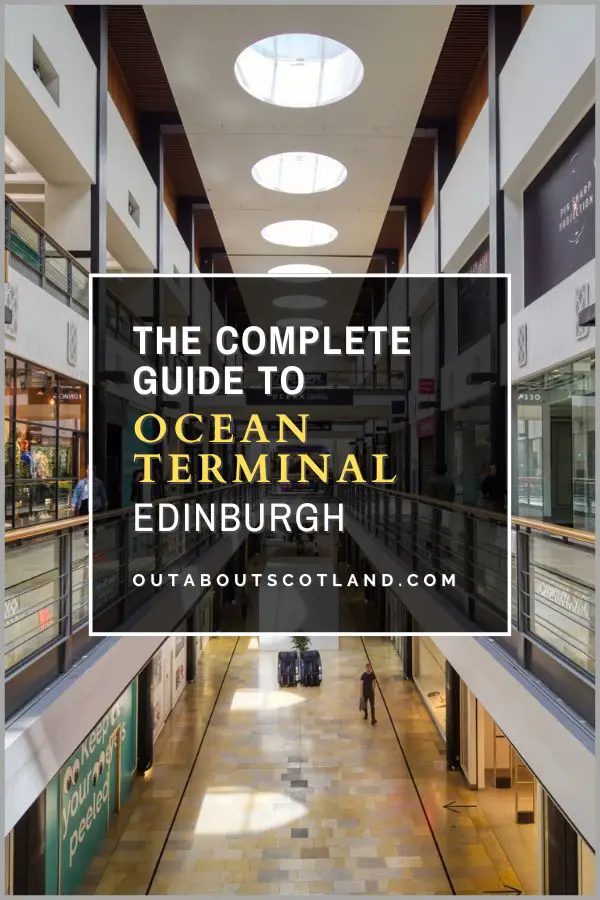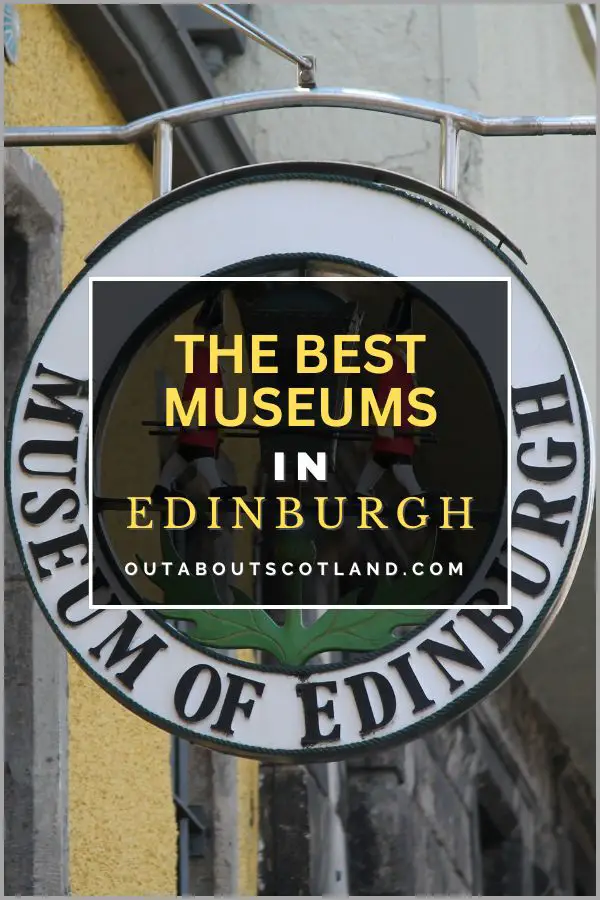The first season of the hit TV show Outlander was filmed in Scotland, and many of those early episodes were filmed near Edinburgh at places like Doune Castle near Stirling, East Linton Mills in East Lothian, and the village of Culross in Fife. Discover all of the Outlander filming locations in and around Edinburgh in this complete guide.
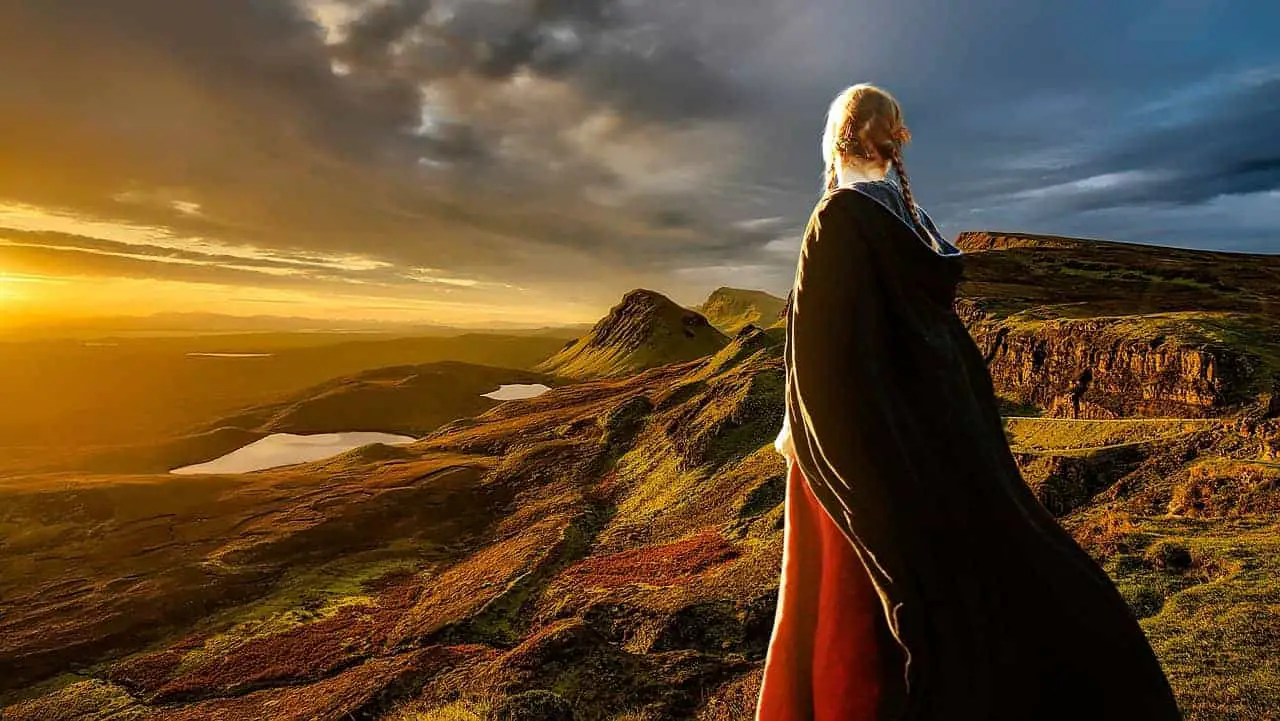
The Story of Outlander
Originally a series of books written by American author Diana Gabaldon, Outlander was turned into a television series after the novels repeatedly topped global best-seller lists, and so far the books have sold an incredible 25 million copies worldwide.
The tale revolves around two people – Jamie Fraser, an 18th-century Highland warrior, and Claire Randall, a WWII medic – who meet in a bizarre turn of events that sees Claire thrown back in time after touching a magical stone circle at Craigh na Dun in Scotland.
She wakes up to find herself thrust 200 years into the past with the Jacobite uprising in full swing, and the ’45 (as the rebellion is nowadays called) is the main storyline for the first and second seasons, which sees the time-traveller visit many of Scotland’s most beautiful locations.
While later seasons see the pair whisked off to other countries, the first episodes keep their roots firmly planted in bonny Scotland. While watching the 16 episodes of season 1, you’ll find yourself transported to Doune Castle near Stirling, East Linton Mills in East Lothian, the village of Culross in Fife, and Loch Rannoch in the Highlands.
Protect Your Family From Scotland's Biting Midges
- Powerful, reliable protection for up to 8 hours
- Water- and sweat resistant
- Repels midges, mosquitoes, horse flies, sand flies, fleas and ticks
- Safe for use on adults, children over 30 months and pregnant women
- Non-sticky, moisturising with a pleasant fragrance
- Packaging may vary
Outlander Filming Locations
- Dysart Harbour
- Aberdour Castle
- Culross
- Linlithgow Palace
- Blackness Castle (behind #6)
- Midhope Castle
- Hopetoun House (behind #6)
- Saint Giles Cathedral (Old Tolbooth)
- Holyrood Palace (behind #8)
- A = Craigmillar Castle
- B = Prestonpans
- C = Gosford House
- D = Preston Mill
Outlander Filming Locations in East Lothian
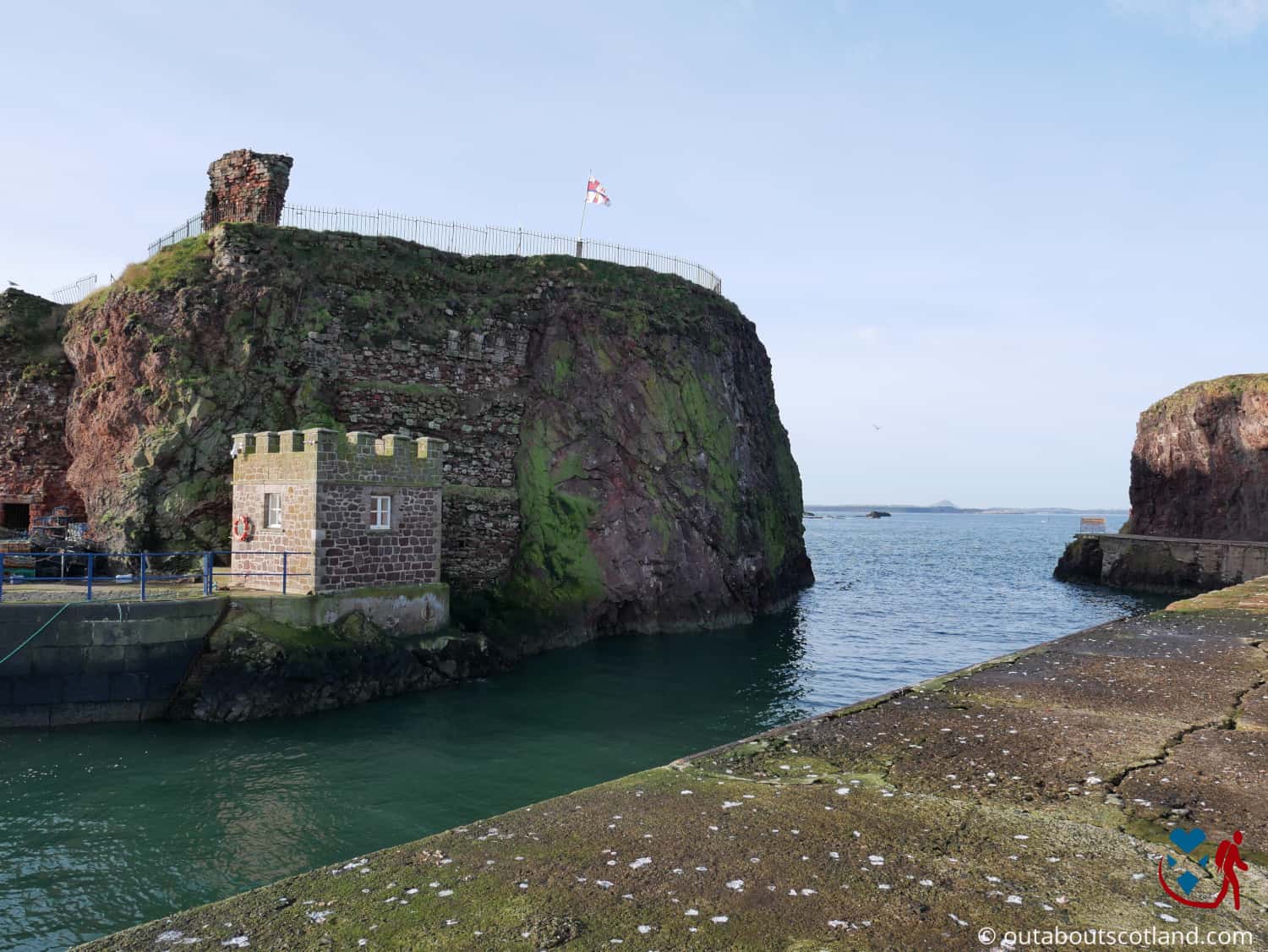
East Lothian is close to Edinburgh and accessible by car, train, or bus. This is one region of Scotland that’s criminally under-visited by international tourists, most likely because they spend all their time at the tourist trap attractions in Edinburgh. But take the time to explore a few miles to the east, and you’ll soon find there are a huge number of interesting places to visit.
The coastline, in particular, is absolutely stunning, with stretches of golden sand running along the seafront from the suburban town of Musselburgh all the way to Dunbar. Meanwhile, heading inland will take visitors to the Lammermuir Hills and a number of nature reserves, like Woodhall Dean.
Book Tours in Scotland
Prestonpans
- Address: Prestonpans, East Lothian
- Website: Wikipedia

This village was the site of a pivotal battle in the Jacobite uprising. Prestonpans lies 5 miles (8 km) east of Edinburgh, next to the historic town of Musselburgh, and takes its name from the monks that used to manufacture sea salt on the beaches using giant pans.
Stories from the 11th-century mention a traveller named Althamer who became shipwrecked on the beach near modern Prestonpans and found himself unable to return home, so he decided to build a settlement there. In later years monks from Holyrood Abbey in Edinburgh arrived and created their own settlement, calling it Priest Town. Over time this name shortened to Prieston.
Because the monks dried seawater in pans to produce salt, the name of the settlement changed again to Prieston Pans, and finally to Prestonpans, the modern name used today.
Outlander sees the town featured for the entire 10th episode of season 2, but as usual with movies and TV shows filming didn’t actually take place there, instead, the filmmakers used the fields of Torbrex Farm a few miles south of Cumbernauld, midway between Edinburgh and Glasgow.

The episode’s premise is that in a battle that lasted just 30 minutes in September 1745, the Jacobite army under Charles Edward Stuart defeated Sir John Cope’s government forces when the inexperienced British infantry fled from a fierce Highland charge.
The episode revolves around the factual events that occured during the battle when a series of mistakes by the English commanders led to a large number of soldiers deserting. That, coupled with an inexperienced collection of officers and poorly trained troops meant that as soon as the Highlanders charged (their standard military tactic which eventually caused their defeat at Culloden) most of the remaining English artillerymen fled the scene.
The site of the battlefield is actually located close to what is now the Prestonpans train station, but you can view the areas where each army formed their lines from the top of a memorial hill on the town’s outskirts. It’s not particularly high, but you’ll get a good view of the surrounding countryside up there, and you can view display panels that depict the events of the battle as they unfolded.
Preston Mill
- Address: Preston Road, East Linton, East Lothian, EH40 3DS
- Website: National Trust for Scotland
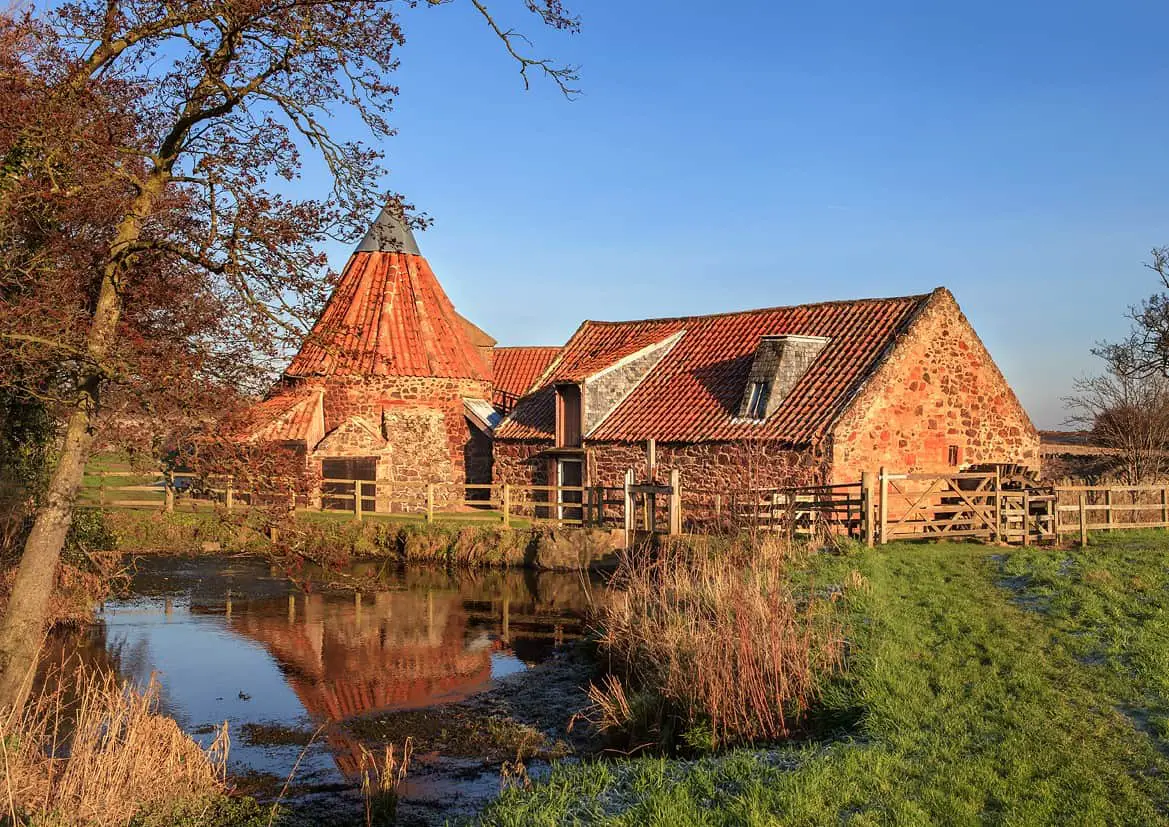
If you’re a fan of Sam Heughan, who plays Jamie Fraser, you’ll no doubt remember the scene at Lallybroch Mill (Lallybroch is Clan Fraser’s ancestral home) where Jamie hides from the Redcoats by submerging himself underwater for a nail-bitingly long time. The scene was filmed at the National Trust for Scotland’s Preston Mill, which is one of Scotland’s oldest still-working mills.
The countryside surrounding East Linton is extraordinarily pretty, and there are a lots of countryside walks to enjoy in the area. Plus, it’s home to superb nearby attractions like Hailes Castle and the National Museum of Flight. Preston Mill, meanwhile, is a category A listed building that dates from the 18th century, although there’s been a mill at the site for at least 500 years.
Even though it’s so old, the mill was used for commercial milling until 1959, and remarkably, the iron water wheel and original machinery are still in use, though only for visitor demonstrations.
Preston Mill is unusual in that it features a Dutch-style conical roof, which looks idyllic in its location amongst rolling fields of wildflowers and the River Tyne flowing past it. While you’re there, keep your eyes open for the Phantassie Doocot on the other side of the Tyne, which is a 16th-century building that was used to house over 500 pigeons (a major food source back in the day).
Protect Your Family From Scotland's Biting Midges
- Powerful, reliable protection for up to 8 hours
- Water- and sweat resistant
- Repels midges, mosquitoes, horse flies, sand flies, fleas and ticks
- Safe for use on adults, children over 30 months and pregnant women
- Non-sticky, moisturising with a pleasant fragrance
- Packaging may vary
Gosford House
- Address: Gosford House, Longniddry, East Lothian, EH32 0PY
- Website: Gosford House
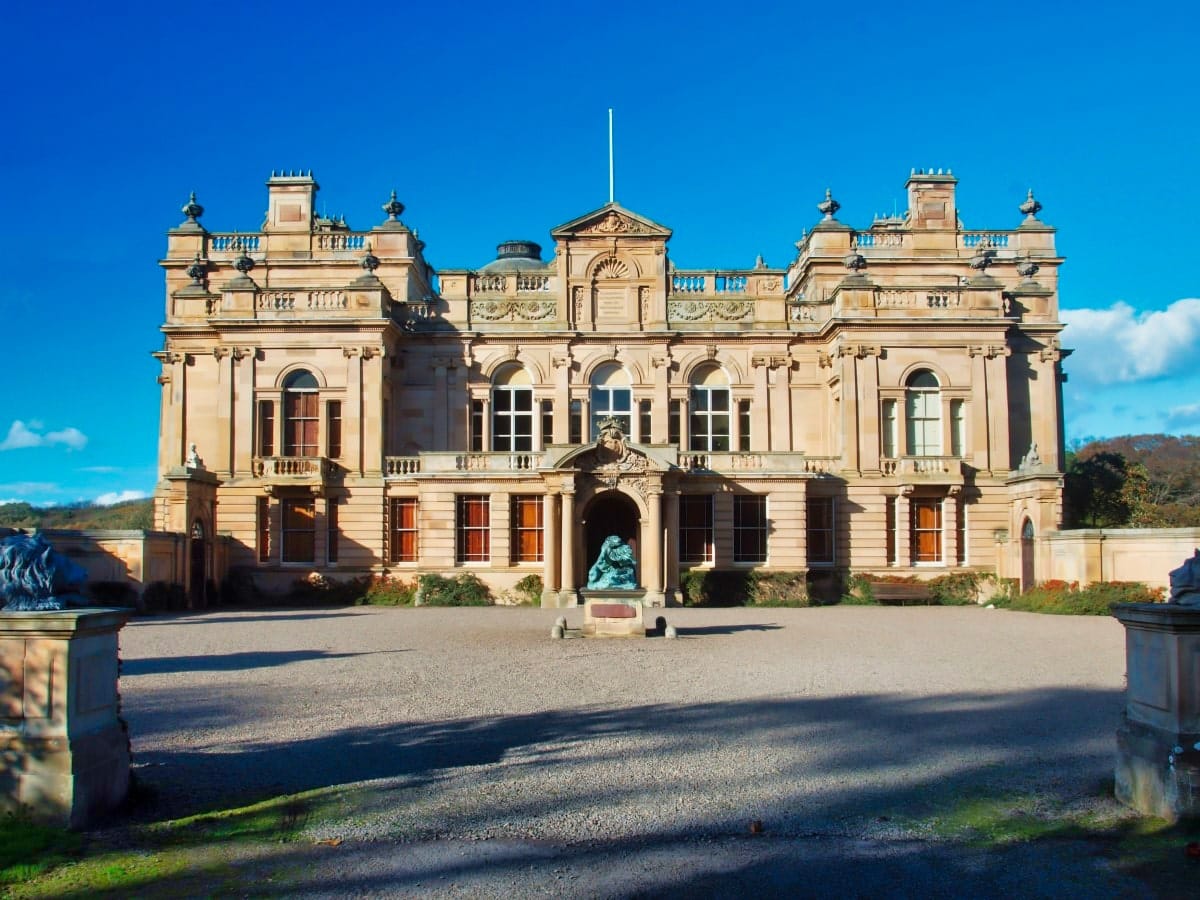
You’ll find this grand neoclassical mansion house a short drive to the east of Prestonpans, near the coastal village of Longniddry. Gosford House was the seat of power for the Earls of Wemyss and March and is set in 5,000 acres of parkland that borders the Firth of Forth.
The mansion house was designed by the celebrated Scottish architect Robert Adam and is considered by many people to be the finest example of his work, which is probably why the Outlander production crew chose it to portray the Palace of Versailles in the second season.
It’s fair to say a visit to Gosford House is a must for any fan of the series, but unfortunately, you can only view the inside of it on official pre-booked guided tours at certain times of the year. The grounds, however, are open year-round and offer walks through woodlands and manicured lawns that surround ponds, bowling greens, walled gardens, and even a family mausoleum.
To gain entry, head to the Gosford Bothy (signposted on the road past Longniddry) and buy a ticket from the shop at the car park. The shop sells locally sourced produce which is of exceptional quality, if a wee bit on the pricey side.
Outlander Filming Locations in Edinburgh
Many visitors to Edinburgh barely scratch the surface of what the city has to offer, never venturing further than The Royal Mile, but if you’re an Outlander fan, you’ll no doubt be aware that it sets the scene for some of the most exciting episodes of seasons 1 and 2.
Every mediaeval building, wynd, and courtyard in the Old Town practically screams history, from the mighty Edinburgh Castle to the majestic Holyrood Palace. Ironically, most of the famous attractions in Edinburgh don’t actually appear in the show, and instead the producers chose to use tiny side streets and otherwise-missed buildings set back from The Royal Mile.
If you don’t know what you’re looking for, you could easily miss these Outlander filming locations, but I’ll show you a few that are easy to find below.
Book Tours in Scotland
The Tolbooth
- Address: St Giles’ Cathedral, High Street, Edinburgh, EH1 1RE
- Website: St. Giles Cathedral
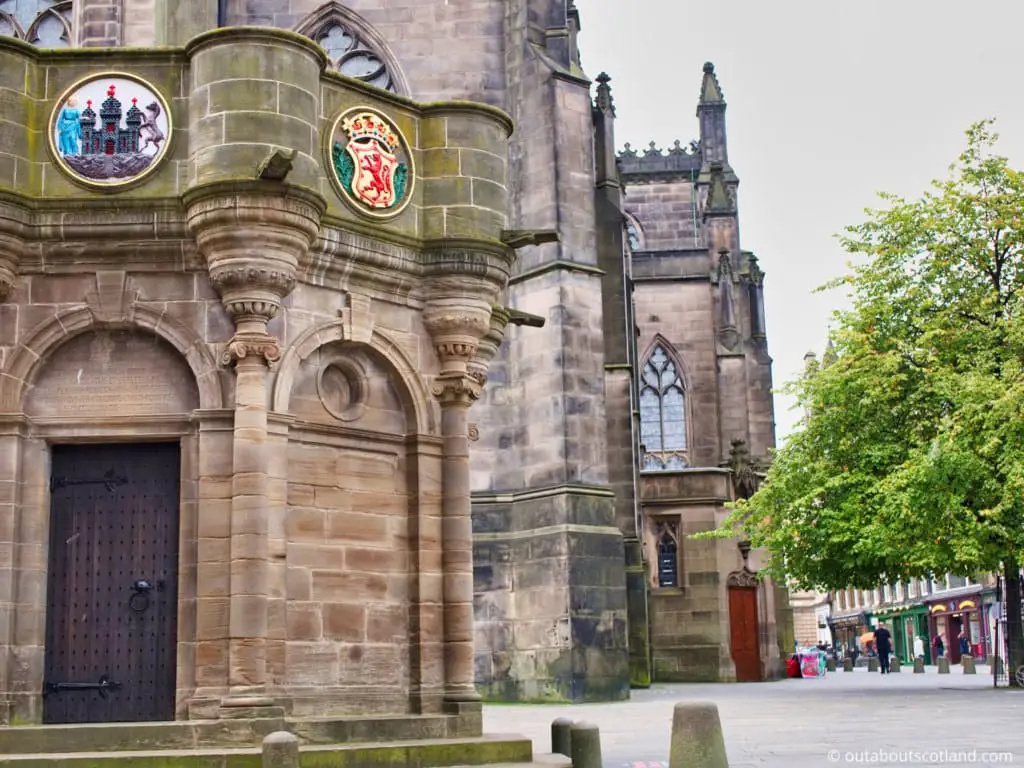
If you walk past St. Giles Cathedral on the Royal Mile, you’ll more than likely walk across what was at one time the most hated structure in the city – the Tolbooth. It was located near the statue of Sir Walter Scott in Parliament Square and was used as a municipal building for over 400 years until it was finally demolished in 1817.
The reason it was so despised is due to its use as a place of execution and torture for Edinburgh’s convicted criminals, many of whom were merely guilty of being unable to repay their debts. The building also contained a prison that had no running water or sewerage and smelled appallingly bad, even for Auld Reekie’s standards.
On top of the two-story extension on the west side of the building was a gallows where the relatives of the prisoners could watch their loved ones being hanged, or even watch decapitated heads being stuck on spikes on the tolbooth’s gables. Suffice to say that at the time, Edinburgh’s residents did not like the Tolbooth.
Today, the only remaining evidence that the Tolbooth ever existed is a brick emblem on the path outside the cathedral in the shape of a heart. If you stop to look at the ‘Heart of Midlothian’ for any length of time, you’ll more than likely see locals spit on it as they walk past, not because they’ve just cleared their throats, but because they’re showing their contempt for the old jail!
The TV show portrayed the notorious jail as the place where Jamie’s men were locked up after deserting, and while that story is fictional, at least you now know the significance of the stone mural on the pavement next to the cathedral.
Holyrood Palace
- Address: Palace of Holyroodhouse, Canongate, Edinburgh, EH8 8DX
- Website: Holyrood Palace
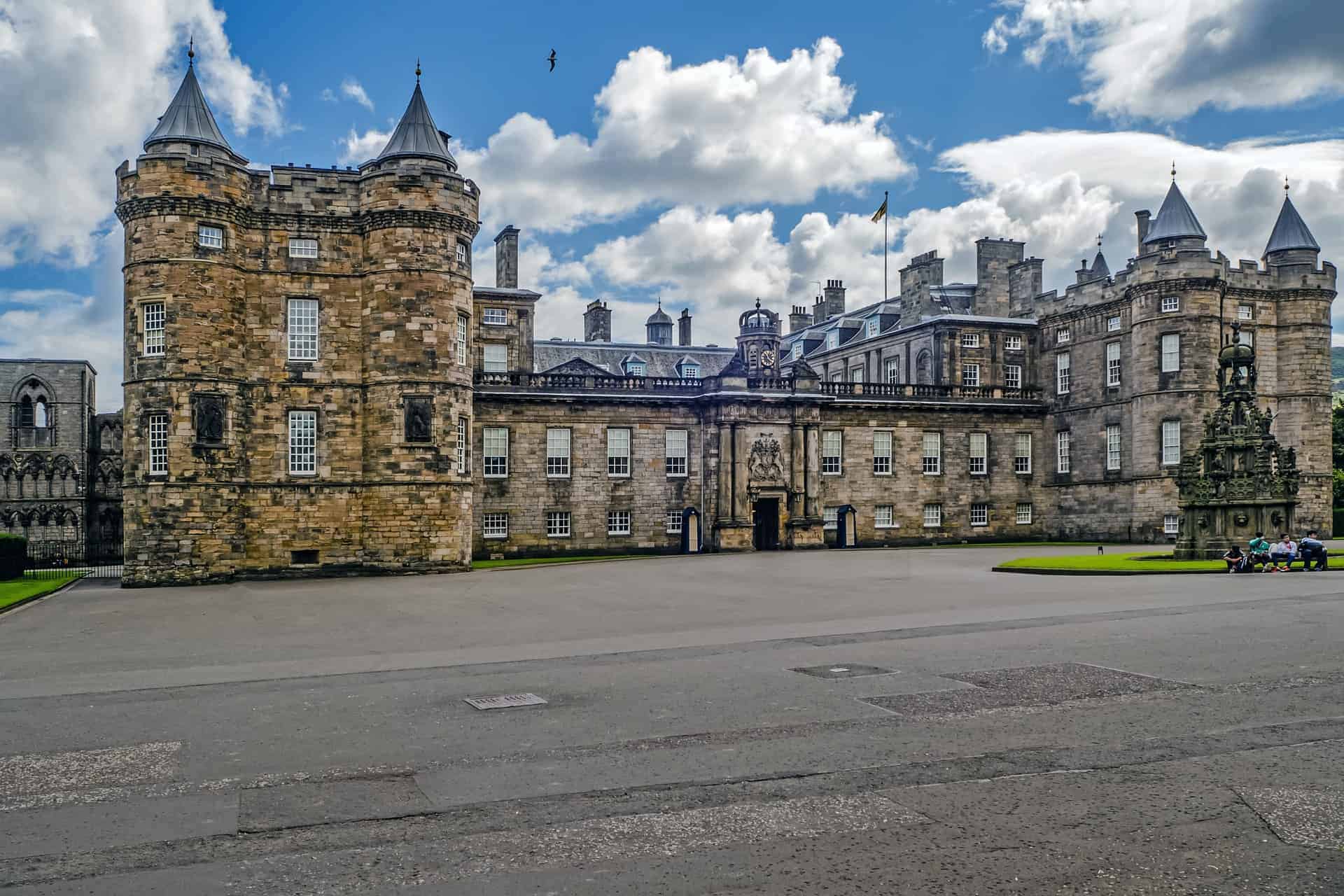
The Jacobite uprising of 1745 centred around Prince Charles Edward Stuart and his fight to reclaim the British throne in the name of his father. The short-lived rebellion began in Glenfinnan in the Scottish Highlands in August and ended with the Culloden massacre in April of the following year.
But in September, for five extremely lavish weeks, the ‘Bonnie Prince’ set up court in Holyrood Palace at the bottom of The Royal Mile in Edinburgh. The palace has a long history that dates back to the 12th century, and the ruins of Holyrood Abbey, which joins the palace on its northern side, date back even further.
The’modern’ palace saw construction start in the 16th century, with the gatehouse and royal apartments being built first, followed by the southwest tower and the Great Gallery several years later.
Today, visitors can explore the maze of rooms inside the palace on a self-guided tour, with each room getting progressively grander as they make their way around. It’s a genuinely impressive place, full of detailed carvings on the ceilings, priceless works of art on the walls, and the finest furniture you’re ever likely to see.
If you’re intending to visit the Palace of Holyroodhouse (as it’s officially known), make sure to get your ticket stamped as it’ll allow free admission for one year after, which gives you more time to see other highlights at the attraction, like the 10-acre palace gardens and the Queen’s Gallery.
Protect Your Family From Scotland's Biting Midges
- Powerful, reliable protection for up to 8 hours
- Water- and sweat resistant
- Repels midges, mosquitoes, horse flies, sand flies, fleas and ticks
- Safe for use on adults, children over 30 months and pregnant women
- Non-sticky, moisturising with a pleasant fragrance
- Packaging may vary
Craigmillar Castle
- Address: Craigmillar Castle Road, Edinburgh, EH16 4SY
- Website: Historic Environment Scotland
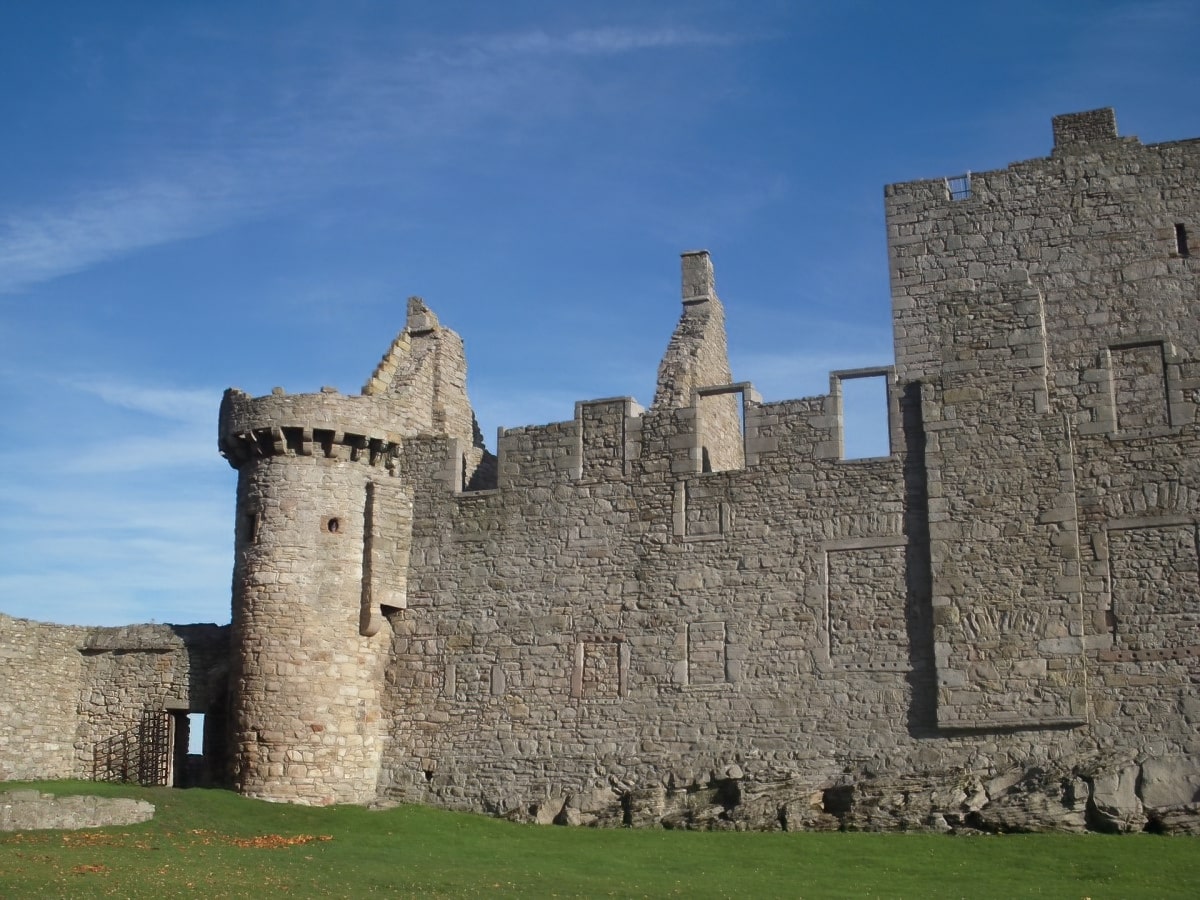
Sitting just outside Edinburgh is the ancient home of the once-powerful Preston family, Craigmillar Castle. The castle featured in several Outlander scenes in the third season, where it was used as the set of Ardsmuir, the prison where Jamie was held captive after the Jacobite defeat at Culloden.
Although Craigmillar Castle is now in ruins, it’s worth a visit just to experience the atmosphere, which feels a world away from Edinburgh, even though it’s located just 4 miles from the city centre.
The middle of the castle consists of a large L-plan tower house that was completed in 1425 along with an enclosed courtyard wall, while a separate outer courtyard was added in 1511, protected on all sides by more fortified walls. Craigmillar Castle’s fortifications and location close to the city centre made it a natural bolt hole for Scottish nobility back in the day, so it’s not really surprising that Mary, Queen of Scots, took refuge there after the birth of her son James VI.
Although many of the walls are crumbling, it remains one of the best-preserved mediaeval Scottish castles thanks to Historic Environment Scotland, which now maintains it on behalf of the nation. HES has restored some parts of the castle to their (almost) former glory, and visitors can explore the dovecot, inner courtyard, kitchen, and basement, complete with its gloomy prison and cellars.
Outlander Filming Locations in Linlithgow
Linlithgow is a historic town between Glasgow and Edinburgh that was used extensively as an Outlander filming location. The town is easy to get to thanks to major road networks that join both cities, and you can drive to Linlithgow from Edinburgh in 45 minutes via the M9 motorway, while Glasgow is a mere 40 minutes via the M80.
Although it’s a quiet rural community, there’s a surprisingly large tourist industry both in Linlithgow and the surrounding area due to the fact that there are so many historic attractions nearby. Driving 6 miles northeast will take you to the Firth of Forth, where the commanding Blackness Castle stands watch, while the stunning Hopetoun House is only 15 miles to the east.
Both historic attractions feature heavily in the first season of Outlander, so it’s lucky they’re so easy to get to from Edinburgh. If you have to choose between them on a brief visit, I suggest you make Hopetoun House your priority, as you’ll also find Midhope Castle nearby, which portrayed the Fraser ancestral home of Lallybroch in the TV series.
Book Tours in Scotland
Hopetoun House
- Address: Queensferry, South Queensferry, EH30 9RW
- Website: Hopetoun House
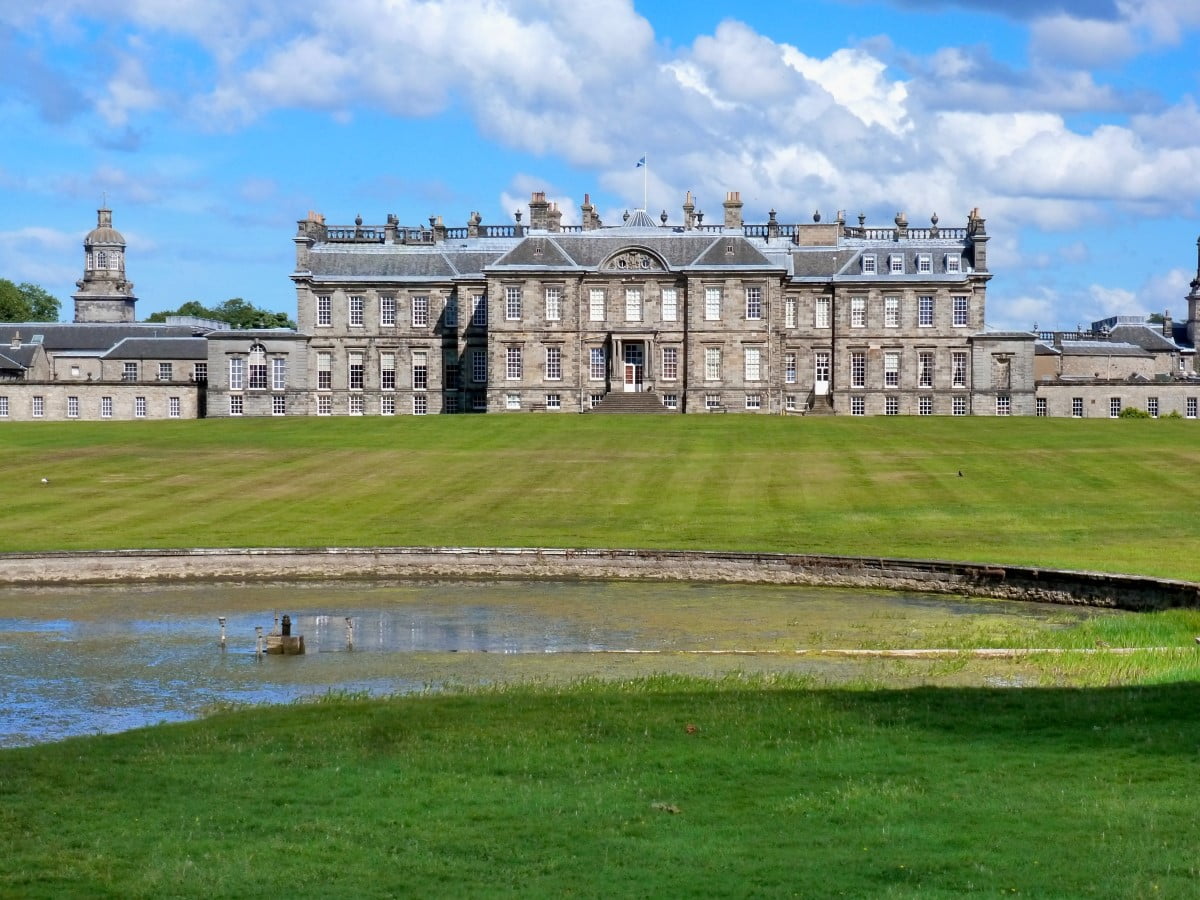
Hopetoun House near Edinburgh was the setting for several scenes in Outlander, most notably in season 1, where the Red Drawing Room became part of the Duke of Sandringham’s house. In season 2, this magnificent stately home makes use of the courtyard outside the old stables to portray a Parisian street, while various rooms were used as the film set for Claire and Jamie’s apartment in Paris.
Hopetoun House was built in the late 1600s for the Hope family, who became wealthy from their ownership of lead mines, and it’s considered to be one of Scotland’s finest houses of the period. The present Lord Hopetoun still lives in the south wing of the building, but that doesn’t mean you can’t visit it, as luckily for Outlander fans, it’s open for guided tours during the summer months.
There are events staged throughout the year at Hopetoun House, so I recommend checking their website before departing to find out what’s currently on. But whatever time of year you visit, you’ll always be able to walk around the 100-acre estate which comprises pastoral fields, grasslands, and woodlands.
While you’re visiting the house, try to grab a bite to eat in the Stables Tearoom which you’ll find inside one of the converted horse stables. The food is delicious, and you’ll find a variety of different dishes on the menu, depending on the season.
Midhope Castle
- Address: Queensferry, South Queensferry, EH30 9RW
- Website: Hopetoun House
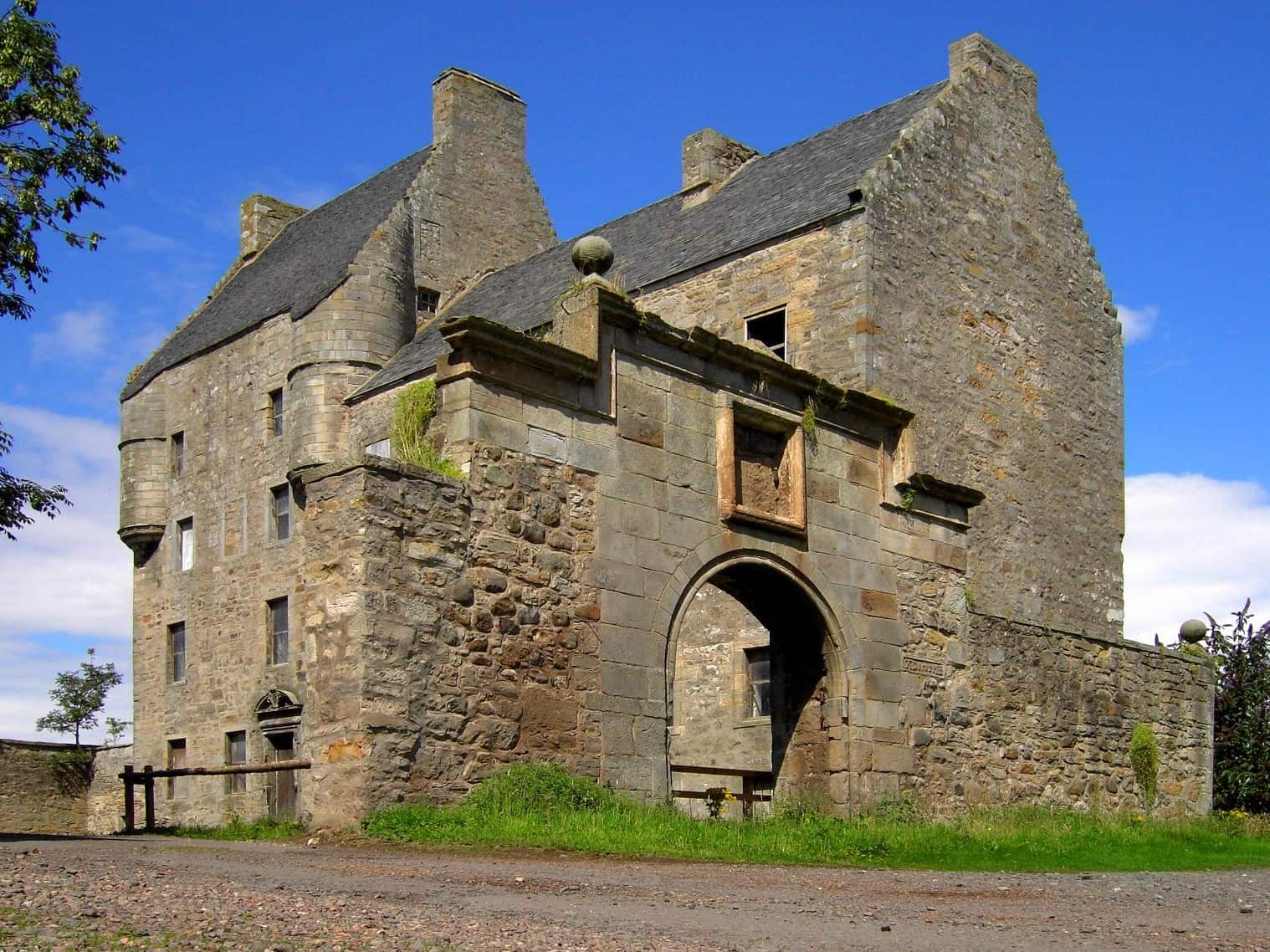
In the corner of the Hopetoun Estate is Midhope Castle, a 15th-century tower house that was used as the setting for Lallybroch (also known as Broch Turach) in Outlander seasons 1 and 2.
This historic building is located in Abercorn, a tiny hamlet on a corner of the Hopetoun Estate, and viewers will no doubt recognise it as the family home of the Fraser clan, where Jamie occasionally lived alongside his sister Jenny, her husband Ian, and their children. In reality, John Hope once owned the home, and he rebuilt the straightforward tower and turrets of an earlier rectangular building to transform it into the castle that we see today.
There’s a lot of history in the building, but even so, it fell into decline by the early 1900s and was recorded in borough records as being completely derelict by the start of WWI.
While there are several shots of the interior of Lallybroch, they weren’t actually filmed at Midhope Castle as it’s too dangerous to go inside. Instead, only the outside shots of Lallybroch were filmed at the site due to the exterior walls and courtyard still looking pretty much as they would have in the 18th century.
As far as visiting it on an Outlander tour goes, you might find it difficult, mainly because the castle is set on private grounds and isn’t designated as a tourist attraction. That being said, the Hopetoun estate recognises that Outlander fans have an interest in the place, so for a small fee, you can view the outside of the building, but only with prior permission.
Protect Your Family From Scotland's Biting Midges
- Powerful, reliable protection for up to 8 hours
- Water- and sweat resistant
- Repels midges, mosquitoes, horse flies, sand flies, fleas and ticks
- Safe for use on adults, children over 30 months and pregnant women
- Non-sticky, moisturising with a pleasant fragrance
- Packaging may vary
Blackness Castle
- Address: Blackness, Linlithgow, West Lothian, EH49 7NH
- Website: Historic Environment Scotland
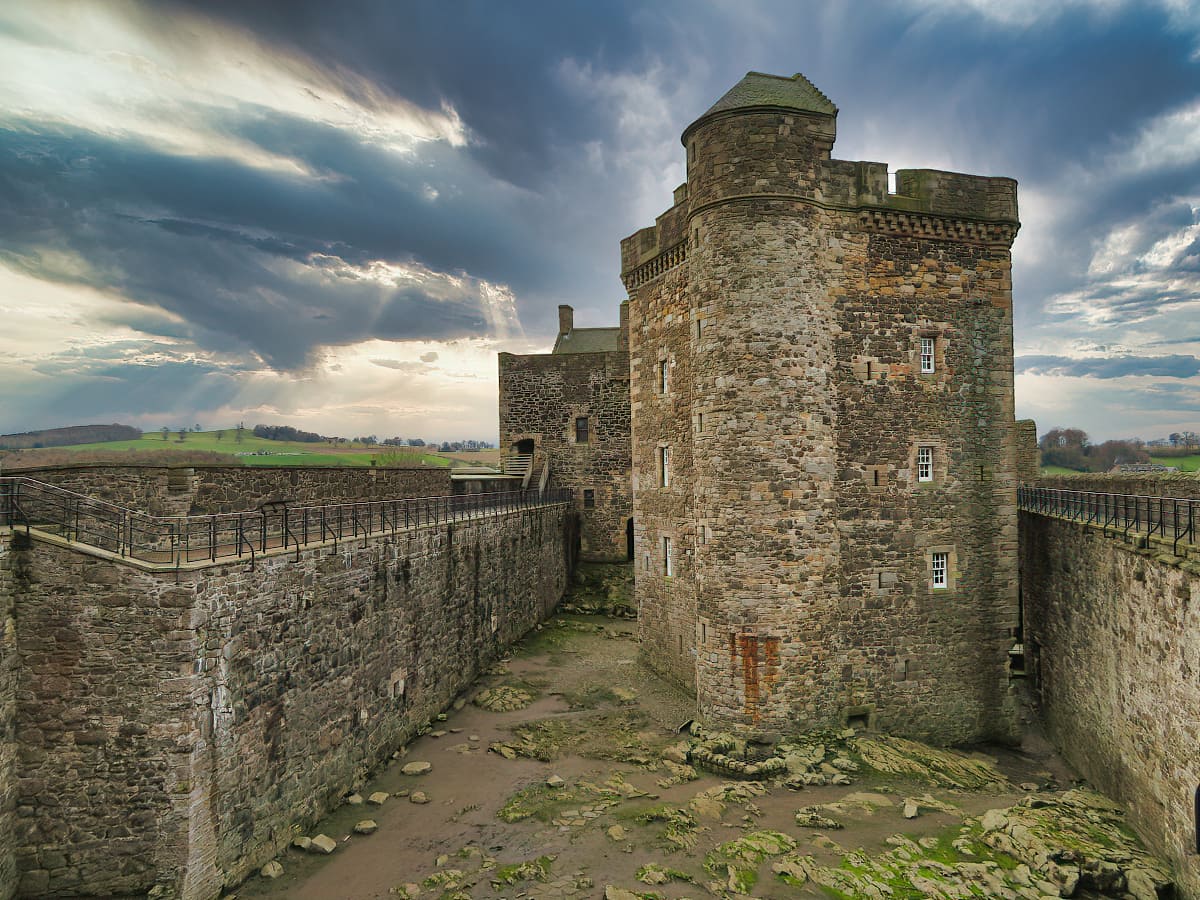
Known locally as ‘the ship that never sailed’, Blackness Castle was built for the Crichton family in the late 14th century, first as a tower house and then extended into the fortification we see today.
The castle stands guard looking out over the Firth of Forth around 20 miles west of Edinburgh where it has served a variety of uses, including a royal stronghold, a prison, and a weapons store. The reason it has such an unusual nickname is due to the fact that the front of the castle looks like the bow of a ship, and as it points towards the estuary, you might be mistaken for imagining it’s about to launch into the water when viewed from a distance.
It’s a strange shape, but the reasons behind the design are actually quite clever. Back in the 15th century, when it was built, one of the most popular methods of attacking a castle was by cannon fire – a deadly assault that saw 10-pound cannonballs smash through a castle’s defences, even through walls up to ten feet thick.
Blackness Castle, on the other hand, has a triangular-shaped front so that any cannon fire aimed at it would likely ricochet off instead of taking the full force of the impact. Inspired engineering, considering it was designed nearly 600 years ago.
We first see this imposing fortress in Outlander season 1, where it was used to represent Fort William, and if you’ve seen the show you’ll no doubt remember the gory scene where Black Jack Randall lashes Jamie Fraser virtually to death, maniacally ripping shreds of skin off the Highlander’s back. This scene was shot in the castle’s courtyard which is open to the public, though it’s not suitable for wheelchair access.
Linlithgow Palace
- Address: Kirkgate, Linlithgow, EH49 7AL
- Website: Historic Environment Scotland
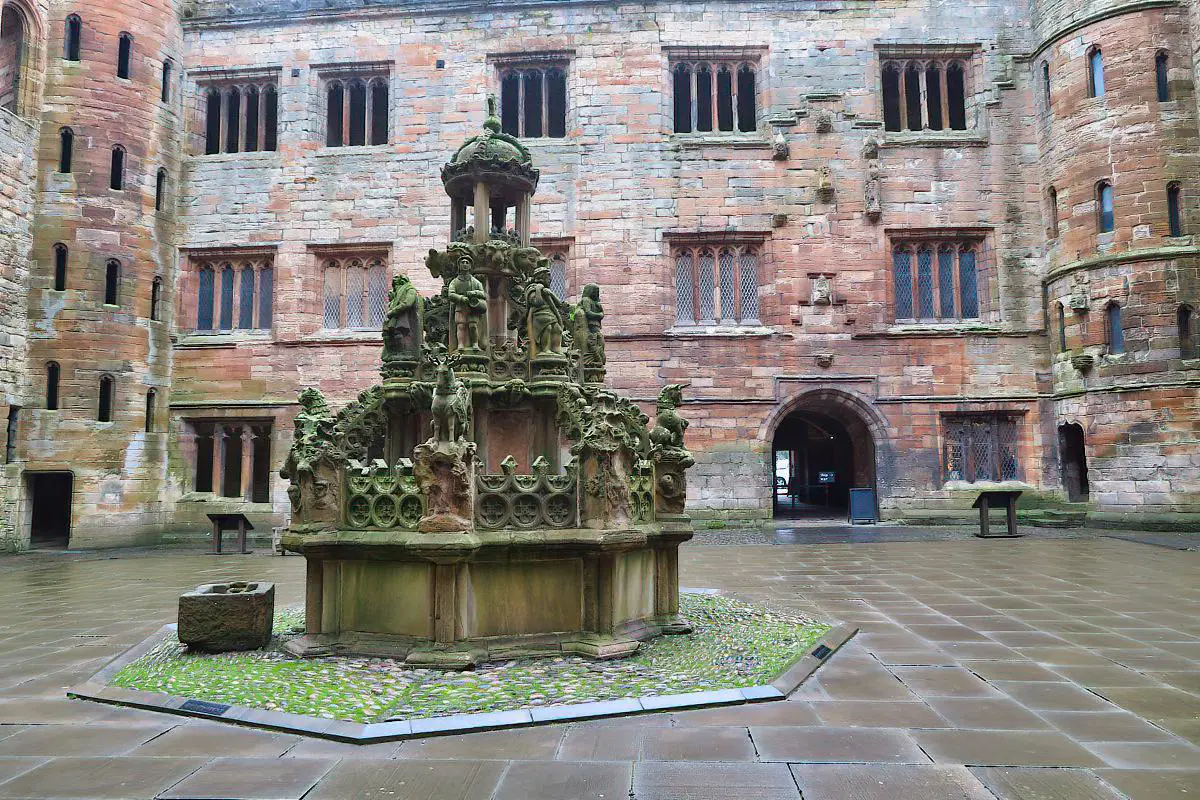
The fact that most visitors head to Edinburgh and Stirling castles for their fix of Scottish history means a visit to Linlithgow is guaranteed to be crowd-free, which is great if you’re fed up with fighting through hordes of selfie-stick-wielding coach parties.
Despite the fact that it’s a million times quieter than Edinburgh Castle, Linlithgow Palace boasts almost as much history, having been built all the way back in the 12th century and used as the birthplace of several Scottish monarchs, including Mary, Queen of Scots.
Linlithgow can be found 15 miles west of Edinburgh and around 9 miles before The Kelpies on the M9 motorway which makes it a great place to head to if you fancy seeing attractions that are a little off the standard tourist trails.
The town of Linlithgow is nice enough and has a scenic, cafe-lined high street, but it’s the palace that draws most visitors due to its size, and because it sits alongside Linlithgow Loch which is a Site of Special Scientific Interest due to its bird and plantlife.
This impressive royal retreat began life as a fortress over 2,000 years ago when the Romans built a fort near the loch, and it’s known that a royal residence has stood there from at least the reign of David I (1124 to 1153).
The palace that we see today was extended over the course of the 15th and 16th centuries, with four ranges grouped around a central courtyard. But even though the building is steeped in history, its fate was sealed when James VI (the first ruler of both Scotland and England) moved his court to London following his coronation. That meant that it no longer had a use as a royal palace, and a disastrous fire in 1746 meant that it was left to fall into ruin.
Outlander Filming Locations in Fife
Fife is located north of Edinburgh across the Firth of Forth, and the rugged, windswept coastline has provided a backdrop for many of Outlander’s episodes. There are three distinct districts of Fife – Dunfermline, Kirkcaldy, and North-East Fife – that have plenty of attractions to offer visitors, but it’s the coastline in this part of the country that makes it such a special place.
You can easily reach Fife from Edinburgh by crossing the Firth of Forth, but I have two tips for you before you start exploring the coastline. First, take a detour to walk across the Forth Road Bridge, which offers fantastic views of both shores at a height of nearly 50 metres, and second, head to Dunfermline to visit the beautiful Dunfermline Abbey, the 900-year-old burial site of several Scottish kings and queens.
Dysart Harbour
- Address: Dysart, Kirkcaldy, KY1 2TQ
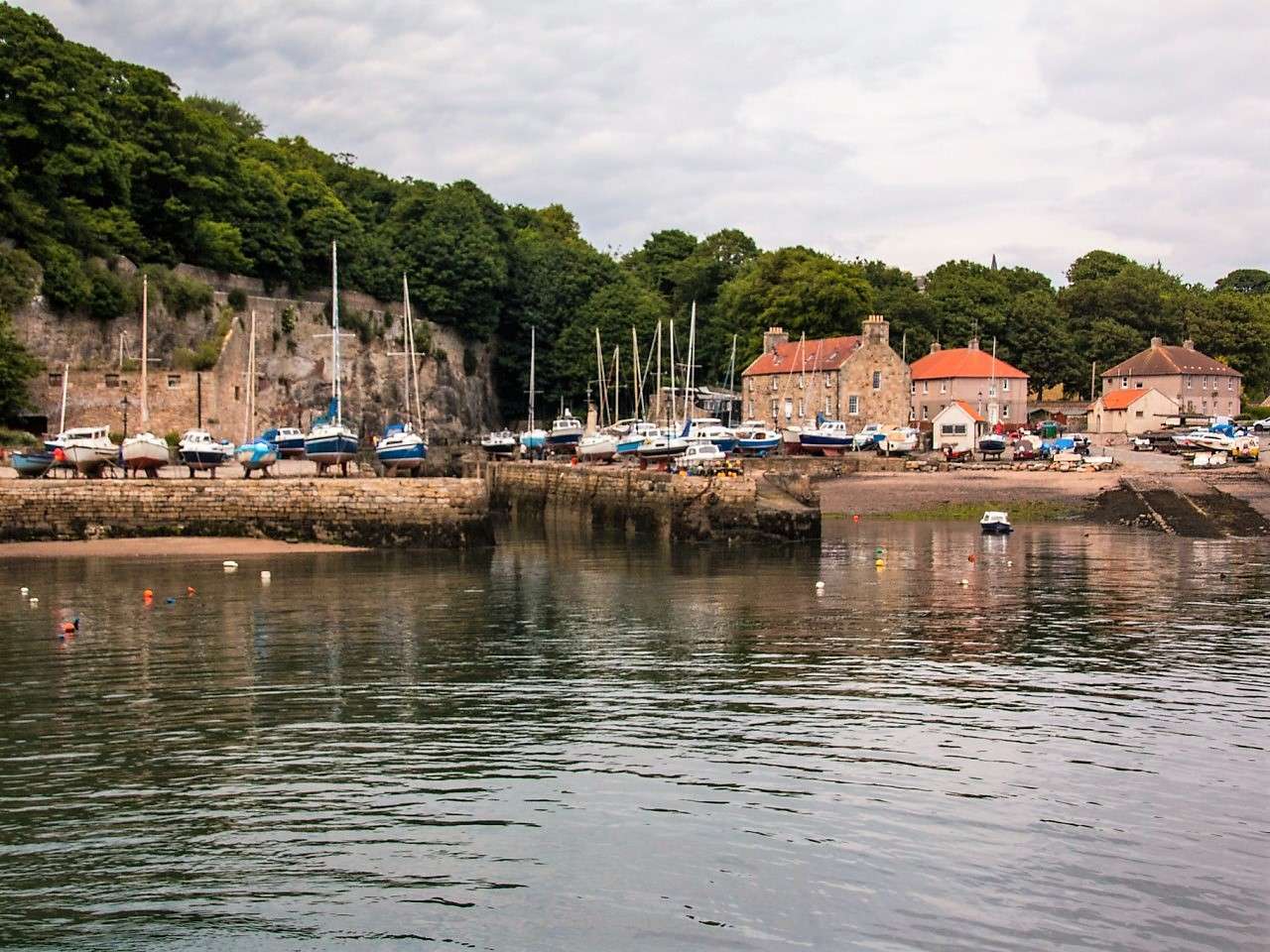
We first set eyes on the picturesque quayside at Dysart Harbour in season 2 of Outlander as Jamie, Claire, and Murtagh arrive in France after fleeing from the Redcoats searching for Jacobite soldiers after the Battle of Culloden.
The trio ends up at the French fishing port of Le Havre, and it’s there that they meet a new nemesis in the guise of the Comte St. Germain. St. Germain becomes obsessed with seeking revenge on Claire after the nobleman loses an entire shipload of goods when Claire persuades the authorities that his ship, Patagonia, is infected with smallpox.
If you’ve already seen the episode, you might like to know that while some of the sets were filmed on soundstages in Glasgow, the bulk of Le Havre is actually filmed at Dysart.
The harbour dates back to 1450 and has a rich trading history thanks to Dutch and Belgian sailors who used it for importing goods from Europe, while Scottish sailing ships used the port for the export of coal and salt to the Baltics. Although the days of coal exports are long gone, the harbour is still in use today for fishing and pleasure craft, and the entire stretch of coastline is a favourite for long-distance walkers.
Top tip: while you’re exploring Dysart Harbour and the surrounding area, make sure you visit nearby Ravenscraig Castle, which is a romantic 15th-century ruin overlooking the Firth of Forth that appeared in Sir Walter Scott’s poem ‘Lay of the Last Minstrel’.
Aberdour Castle
- Address: Aberdour, Fife, KY3 0SL
- Website: Aberdour Castle
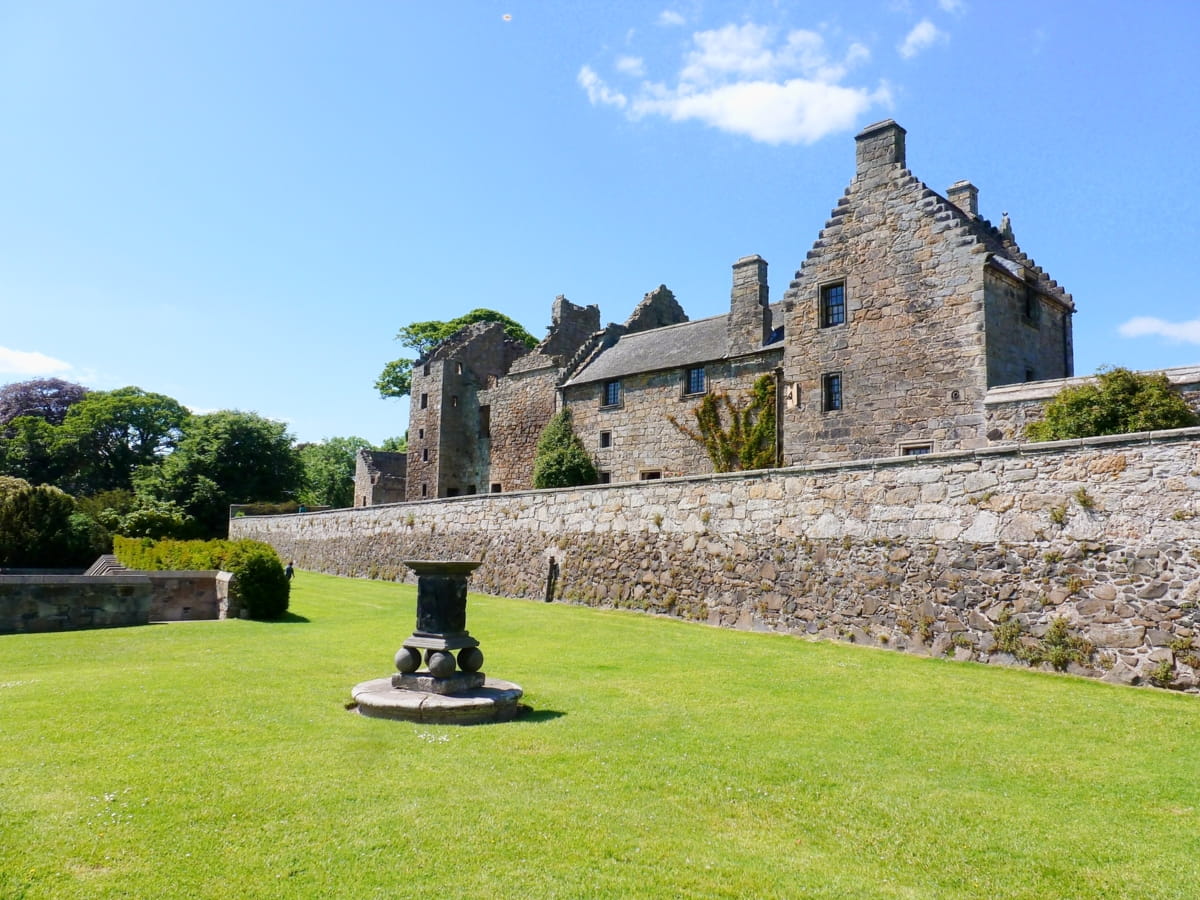
Aberdour Castle is located in the quiet village of Easter Aberdour in Fife, and it’s notable for being one of the oldest standing castles in Scotland. Built in the early 1100s, Aberdour Castle is a maze of buildings from different centuries that centres around a hall in between walled and terraced gardens.
It’s a wonderfully atmospheric place, which I imagine is the reason the Outlander crew chose it as the setting for the Sainte Anne de Beaupré monastery in France in the last episode of season 1, where the Old Kitchen and Long Gallery were both used as filming locations.
You might remember that the monastery (actually fictional) was the place that Claire and Murtagh took Jamie to recover after his ordeal in Wentworth Prison, but I have to say it looks even nicer in real life than is depicted in the show.
There’s a lot of history to discover during a walk around this Historic Environment Scotland site, and you’ll be kept occupied for much longer than you might imagine due to the impeccably restored castle interior, the gardens, and the pretty St. Fillans Church which lies behind the estate’s walled garden.
Be aware that parts of this castle are in ruin (to be expected seeing as it’s one of the oldest buildings of its kind), but much of it has been restored, like the Long Gallery and the original tower house. After your visit, you can grab a slice of cake in the on-site café and head out to the nearby Aberdour Silver Sands, which is a scenic beach overlooking Inchcolm Island.
Culross
- Address: Culross, Dunfermline, Fife
- Website: Welcome to Fife
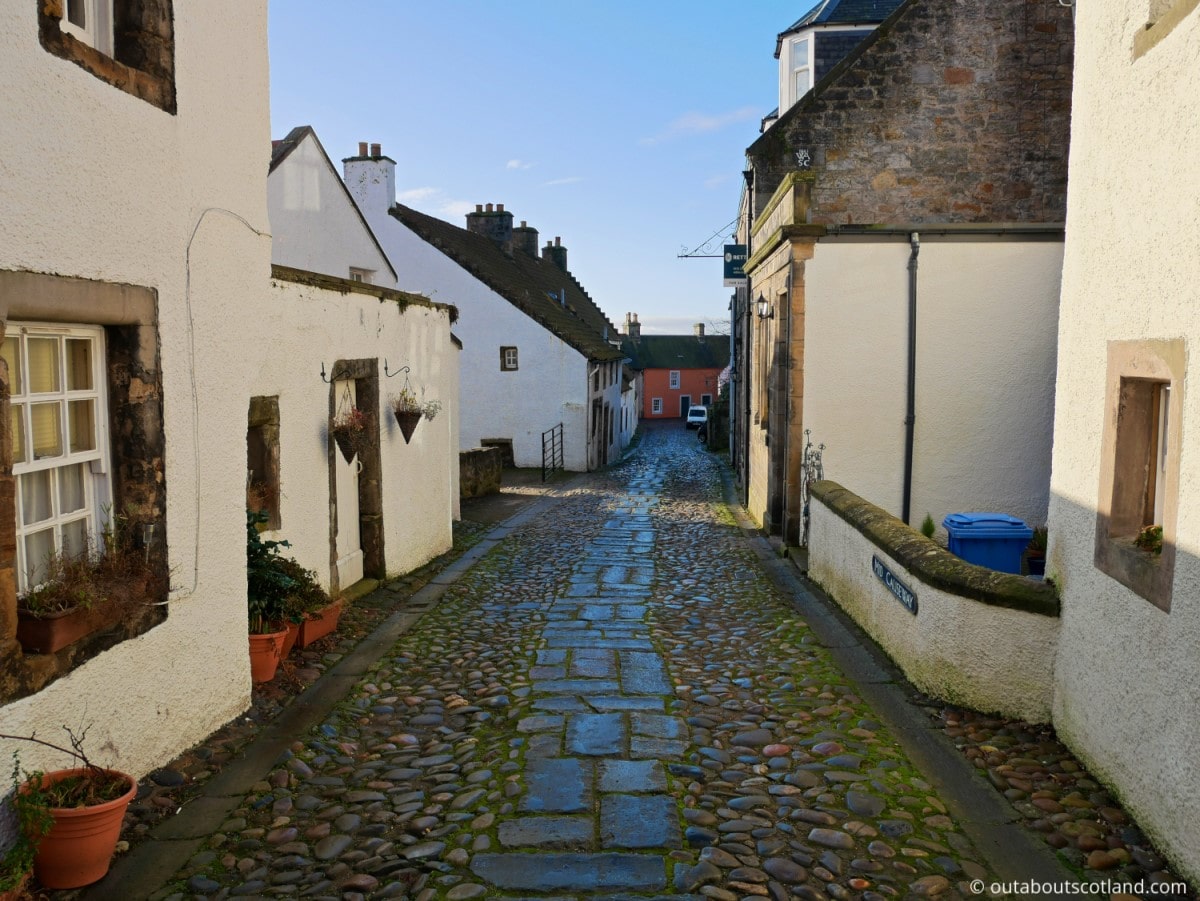
My final Outlander filming location is one that’ll let you perform your very own spot of time travel: Culross, otherwise known as Cranesmuir in the show. This rustic village sits on the shores of the Firth of Forth, and it’s one of the main Outlander filming locations.
The royal burgh is a perfect example of what Scotland’s fishing villages would have looked like 250 years ago, and it’s thanks to the efforts of the National Trust for Scotland that the picturesque cobbled streets and maze of buildings have now been restored back to their former glory after years of neglect.
There are multiple places in Culross (pronounced cooross) that have featured in Outlander so I’ll just highlight a few of my favourites below.
Culross Palace is a stunning ochre-coloured former merchant’s house that was used in season 1 where it was transformed into Geillis Duncan’s parlour and in season 2 where the courtyard formed the stage for Claire to extract the teeth of a local villager. The kitchen and the pantry set the scene as an 18th-century tavern, and the High Hall was transformed into a meeting place for the Jacobite assembly.
Next to the palace is a garden that portrayed the herb garden at Castle Leoch and you’ll no doubt recognise it from the scenes where Claire collects medicinal plants. You’ll find the garden above the palace, set on terraces that offer beautiful views of the Fife coastline and it’s worth stopping by just to smell the fragrant wildflowers that grow in this wee green oasis.
Head into the centre of the village and you’ll find yourself in a square that’s dominated by the Mercat Cross. These crosses are found in most towns and villages in Scotland and were traditionally used as a place for farmers and traders to sell their wares. The one in Culross can be seen in several episodes, but you’ll most likely recognise it as the place where Geillis Duncan is burned at the stake and where Claire and Jamie rescue a young boy whose ear had been nailed to a pillory for stealing two bannock cakes.
Frequently Asked Questions
Where are the Outlander filming locations near Edinburgh?
Dysart Harbour, Aberdour Castle, Culross, Linlithgow Palace, Blackness Castle, Midhope Castle, Hopetoun House, St. Giles Cathedral, Holyrood Palace, Craigmillar Castle, Prestonpans, Gosford House, Preston Mill.
What are the regions near Edinburgh where Outlander was filmed?
East Lothian which lies to the east of Edinburgh.
The Kingdom of Fife which is located north of Edinburgh across the Firth of Forth.
Midlothian which lies to the west and south of Edinburgh.
Which castles were used as Outlander film locations near Edinburgh?
Doune Castle (Castle Leoch), Midhope Castle (Lallybroch), Linlithgow Palace (Wentworth Prison), Aberdour Castle (Sainte Anne de Beaupré Monastery).
Which towns were used to film Outlander near Edinburgh?
Prestonpans which lies 5 miles (8km) east of Edinburgh.
Falkirk in Stirlingshire which portrays 1940s Inverness.
Culross in Fife which was used as the setting for Cranesmuir.
Dysart near Kirkaldy in Fife which set the scene of Le Havre.






